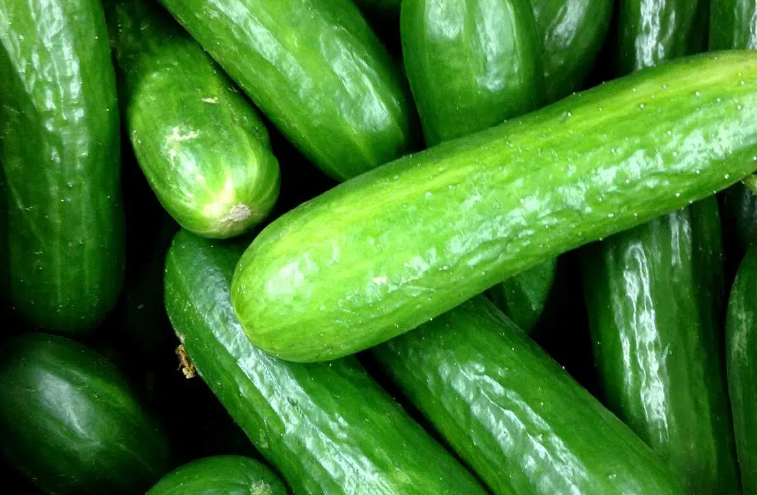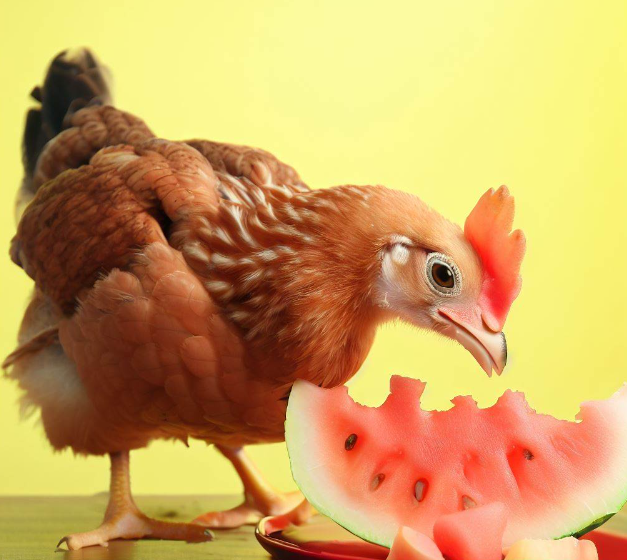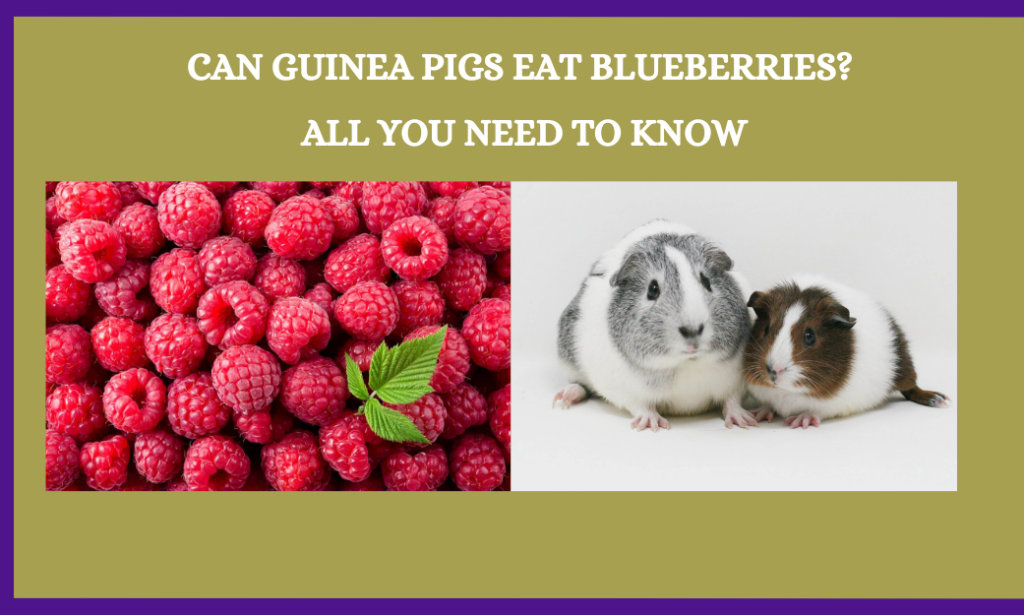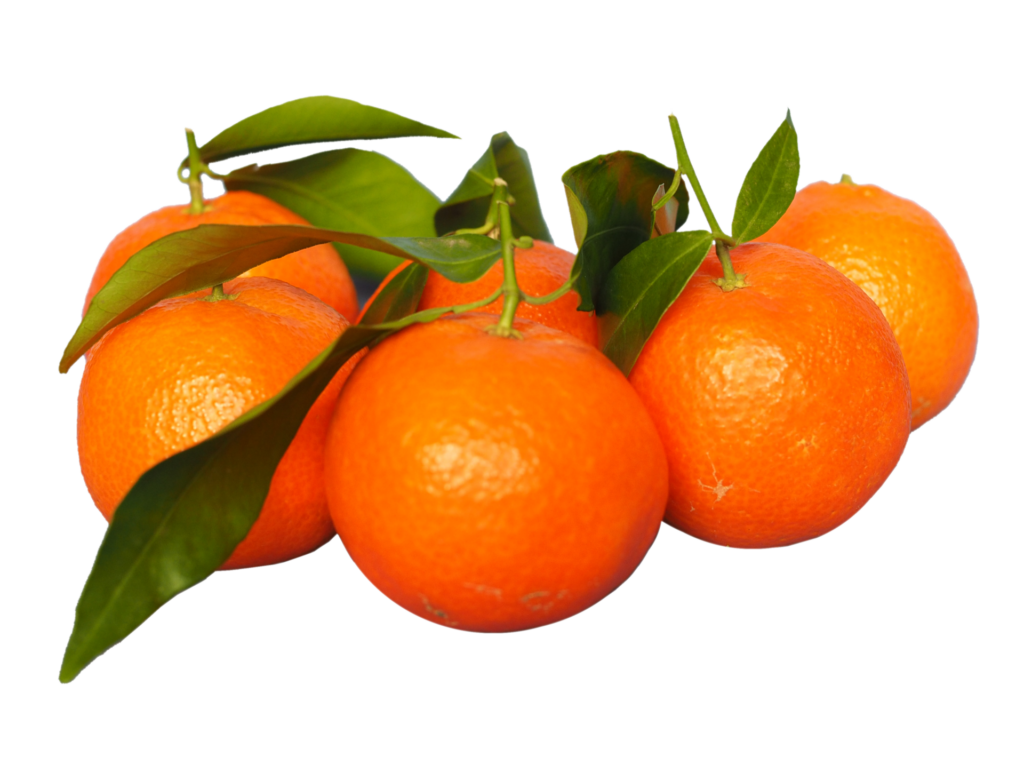Nowadays, you can easily find fruits without seeds, like watermelons, grapes, and oranges without pits at your local store. These kinds of fruits are good because they make things simpler, but there are also some bad points to think about. It’s good to know these differences so you can choose the best fruits when you shop.
Table of Contents
- What’s the Deal with Seedless Fruits?
- The Magic Behind Seedless Fruits
- 1. Careful Breeding
- 2. Making Hybrids
- 3. Changing Genes
- 4. Trickery with Plant Hormones
- 5. Taking Seeds Out
- Good Things About Seedless Fruits
- 1. So Easy!
- 2. Snack Time Friendly
- 3. Kids Love Them
- 4. Looks Good on the Plate
- 5. They Last Longer
- Some Not-So-Good Points About Seedless Fruits
- 1. Taste Differences
- 2. Missing Some Good Stuff
- 3. It’s All the Same
- 4. They Can Cost More
- 5. Extra Chemicals
- 6. Environmental Impact
- 7. Limited Genetic Diversity
- Shopper’s Checklist For Seedless Fruits
- The Final Verdict
What’s the Deal with Seedless Fruits?
Most fruits grow seeds, which let them have babies (new plants). But seedless fruits are grown in special ways that stop seeds from forming. This makes the fruit smooth and easy to eat because you don’t have to pick out seeds.
People have come up with neat ways of growing fruits to get rid of seeds. This makes the fruit more fun and easy to eat, and people like it a lot.
Here are some fruits that can be seedless:
- Seedless grapes
- Seedless watermelons
- Seedless oranges and mandarins
- Seedless lemons and limes
- Seedless pineapple
- Seedless cucumber
- Seedless figs
- Seedless bananas
The Magic Behind Seedless Fruits
There are various ways that growers use to make fruits without seeds:
1. Careful Breeding
Growers take old types of plants and mate them together for many generations until the babies come out seedless naturally.
2. Making Hybrids
They mix two different kinds of plants to make a new kind that doesn’t have good seeds.
3. Changing Genes
In a lab, they make tiny changes in the plant’s DNA, which stop seeds from growing.
4. Trickery with Plant Hormones
They use special plant medicines (hormones) that make the fruit grow without needing to be pollinated, which means no seeds!
5. Taking Seeds Out
Sometimes, they just take the seeds away when getting the fruit ready to be sold.
Good Things About Seedless Fruits
Seedless fruits have several benefits, and that’s why people like them so much.
1. So Easy!
The best thing is how easy they are. You don’t have to bother taking out seeds before you eat. Seedless fruits feel nice and smooth in your mouth. You can eat seedless grapes straight away, enjoy seedless watermelon slices, or squeeze a seedless lime into your food without picking out seeds. It’s less messy, and there’s no waste—you can eat the whole thing.
2. Snack Time Friendly
They’re great for quick snacks, adding to fruit salads, making smoothies, or cooking without having to get rid of seeds. Plus, you get to eat every bit of them.
3. Kids Love Them
Kids can eat them safely because there are no hard seeds to choke on, and they’re easy to chew. Try giving seedless oranges or grapes for a hassle-free treat.
4. Looks Good on the Plate
They often look nicer because they’re all the same size and shape, which is perfect for restaurants, parties, or grocery displays where looks are important.
5. They Last Longer
Some seedless fruits, such as mandarins, might not go bad as quickly as the types with seeds. This is because seeds can make fruit ripen faster, and without them, it can stay fresh longer.
Some Not-So-Good Points About Seedless Fruits
But there are also a few downsides to these fruits:
1. Taste Differences
Some people say that fruits with seeds taste stronger and better because the seeds add to the flavor while the fruit grows. Not all seedless fruits taste weak, like some oranges are just as tasty without seeds. But some types, like certain seedless watermelons, might not be as sweet.
2. Missing Some Good Stuff
Seeds have good things in them like fiber, healthy fats, protein, minerals, and other stuff that’s good for you. When you take away the seeds, you miss out on these. The rest of the fruit is still good for you, but you might not get as many nutrients from it.
3. It’s All the Same
Some people like how smooth seedless fruit is, but others might miss the crunch of seeds. Seedless grapes and oranges feel pretty much the same all the way through, while the ones with seeds have a mix of textures.
4. They Can Cost More
Since growing these fruits without seeds can be tricky, they usually cost more at the store. Special types without seeds often have a bigger price tag per pound or each.
5. Extra Chemicals
Sometimes, the way seedless fruits are grown might leave some chemicals on them. It’s important to think about this if you want to avoid foods that have extra stuff added to them.
Some people worry about using chemicals, like growth regulators, in breeding seedless fruits without seeds. Government guidelines control how these chemicals are used and how much residue remains. If you give the fruit a good wash, it can help take off chemicals left on the outside.
6. Environmental Impact
Big companies usually grow seedless fruits instead of small, local farms. This often means growing one type of crop in a big area and using a lot of chemicals, which can be bad for the environment. But now, you can find seedless fruits grown without chemicals, called organically grown.
7. Limited Genetic Diversity
When farms grow only one variety of fruit, this can lower the variety in that kind of crop. If there are not many different types, the crops can get sick more easily.
Shopper’s Checklist For Seedless Fruits
If you’re not sure whether to buy fruits with or without seeds, think about these things:
- Taste – Do seedless fruits taste just as good? Try both kinds and see which one you like more.
- Price – Are seedless fruits more expensive? Think about if it’s worth spending more money.
- Texture – Do you like the crunch of seeds in your fruit, or do you prefer it smooth?
- Nutrition – Seeds can be good for you. See if the fruits without seeds still have enough nutrients.
- Preparation – Without seeds, fruits are faster to prepare. Decide if this convenience is important to you.
- Quality – Look at how ripe the seedless fruits are and pick ones that seem fresh and tasty.
- Organic – Try to buy organic seedless fruits to avoid chemicals.
The Final Verdict
Choosing between fruits with seeds or without them is up to you. Seedless fruits are easy because you don’t have to deal with seeds. But fruits with seeds can have a stronger flavor, interesting texture, and extra nutrition. Think about what matters most to you. You might want to try both and go with whatever tastes better to you!









